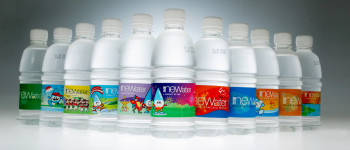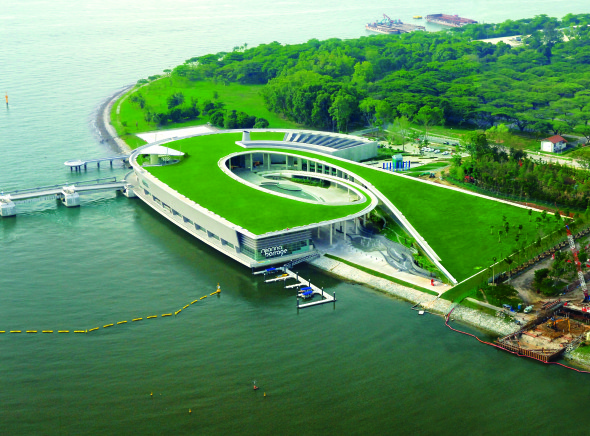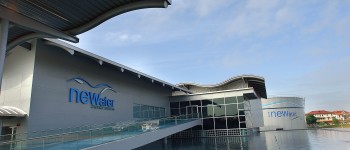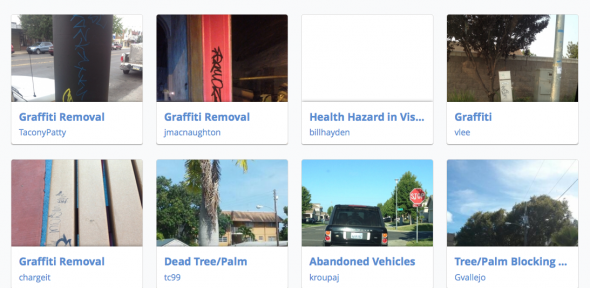Story by Kristine A. Wong
This piece was originally published on GreenBiz on Aug. 22, 2012 with a headline of “Inside the military’s multibillion-dollar push for renewables”
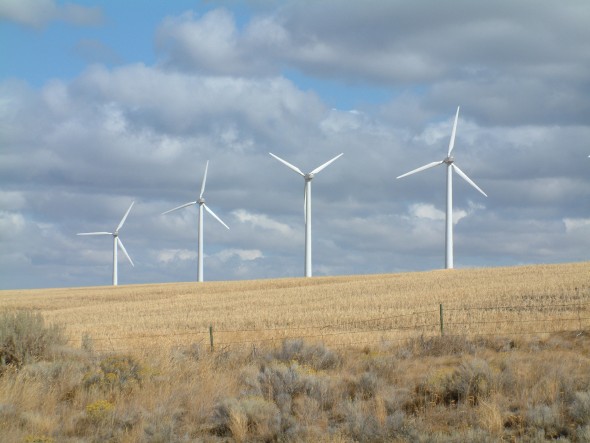 As the largest consumer of energy in the world, the Department of Defense has a long way to go before becoming a sustainable operation.
As the largest consumer of energy in the world, the Department of Defense has a long way to go before becoming a sustainable operation.
But a recent push to purchase 3 gigawatts (GW) of locally generated renewable energy is opening up billions of dollars in market opportunities — and it’s not just energy companies that stand to benefit. Companies that can finance these deals also stand to carve out a substantial piece of this pie.
The military’s goal?
To become more energy independent.
“By diversifying our installation energy sources to include sustainable, reliable energy, we improve our ability to fulfill our mission during energy interruptions and to better manage price volatility,” said Katherine Hammack, U.S. Assistant Secretary of the Army for installations, energy & environment.
Plans are underway for the Army, Navy and Air Force to each deploy 1 GW of renewable energy on U.S. bases by 2025, an effort announced in April. The 3 GW goal is tied to a 2007 DOD initiative to source 25 percent of its energy from renewables by 2025.
It’s one of the largest commitments to clean energy in history, according to the White House.
Three gigawatts are equivalent to the amount needed to power 750,000 homes, said Hammack.
The military will purchase the power generated through privately owned solar, wind, geothermal or biomass facilities under power purchase agreements.
Companies can build their facilities on military bases or on some of the 16 million acres of military land recently opened for renewable energy development. They will be expected to own and maintain the facilities, as well as arrange private sector financing for its construction and operation.
One aim of the effort is to develop energy security on U.S. military bases, according to DOD spokeswoman Lt. Col. Melinda Morgan.
“Together with smart microgrid and storage technologies, renewable and other forms of on-site energy will allow a military base to maintain its critical operations ‘off-grid’ for weeks or months if necessary,” said Morgan.
Noteworthy opportunities for experienced developers, investors
Billions of dollars in federal funds will be available to the private sector in contracts for the purchase of renewable energy.
“This is an end-of-the-game market creator for renewable energy and cleantech,” said Taite McDonald, a senior advisor at Wilson Sonsini Goodrich & Rosati (WSGR) in Washington, D.C. who advises energy and clean technology companies interested in working with government.
Opportunities are materializing. Earlier this month, the Army took an important step forward in laying the foundation to fulfill its commitment of deploying 1 GW of renewable energy. The Army Corps of Engineers released a call for companies to bid for up to $7 billion of contracts to purchase energy from renewable facilities that will be installed on military land.
The contracts –- in the form of power purchase agreements, or contracts that define the terms between buyers and sellers of electricity – could be in place for as long as 30 years. More likely, though, they’ll be 23 to 25 years in length, according to McDonald.
The number of contractors is dependent on the capabilities and qualifications of the bids the Army receives, said Hammack. It’s also dependent on the type of energy that’s supplied and the size of those projects. One gigawatt can be generated through 10 very large projects, 100 medium-sized projects or 500 small projects, according to Hammack.
The Navy is now soliciting feedback regarding what type of projects industry may want to build on its bases such as the Naval Air Weapons Station in China Lake, Calif. It’s planning to continue the process with other bases in the future, according to McDonald.
As for the Air Force, McDonald predicts it will likely start to release more opportunities for building renewable projects with enhanced-use leases in the coming months. The first step in the process to develop such an opportunity is now underway at the Ramey Air Force Base in Puerto Rico.
In the future, more requests for proposals focused on purchase power agreements are likely to become available, McDonald said.
Getting qualified under the Army’s $7 billion opportunity
Those qualified to be renewable energy contractors for the Army have demonstrated the ability to finance, design, build, operate, own and maintain their own energy facilities, Hammack said.
“If your company qualifies under this opportunity, you can go after up to $7 billion in contracts –- we call it a hunting license,” said McDonald.
Throughout the last year –- as a service to help educate and prepare companies for this contract opportunity –- McDonald and colleagues have acted as advisors-for-hire with several renewable energy companies, developers and investors interested in getting their “hunting licenses.”
A significant number of developers, small businesses and defense contractors have been preparing for this announcement for some time, McDonald said.
She estimates that while Army Energy Initiative Task Force officials have met with about 150 entities, only 50 will qualify as prime contractors for hunting licenses. The Army Corps of Engineers will evaluate all applicants.
According to McDonald, those best positioned to qualify are experienced renewable energy project developers and operators — not those who are selling technology in the developing stage. Most of the opportunities will be for purchase power agreements for solar, she added.
“Unless you are a very large and reputable developer that has just recently begun to learn about this opportunity, you probably want to join other teams instead of submitting a proposal to be a prime contractor,” she said.
But small businesses shouldn’t fear being edged out of competition by their larger counterparts. Projects that are slated to produce less than four megawatts of energy will be reserved for small businesses first. Those that fall in the 4-12 MW capacity range may be reserved for small businesses as well, depending on the project size, complexity and level of financing required. Projects over 12 MW in capacity are open for unrestricted competition.
And there are still opportunities available for investors who can bring capital to the table as well as finance commercial projects.
“That’s where we’re seeing the most gaps,” McDonald said.
The Army will likely announce the firms that are qualified for its $7 billion in contracts during the first quarter of 2013, she predicted.
Three to six months after determining which companies are qualified, the Army will issue its first task orders, Hammack said. Task orders detail contracts available for bidding, including the energy capacity of the project and the type of technology to be used.
“At least 100 megawatts in task orders will be issued a year,” Hammack said.
Hammack said the task orders are currently being determined by the Army Energy Initiative Task Force through environmental analyses of more than 180 military installations. After evaluating the natural resources available at each site, the task force will match it with the technology best suited for the site and calculate the amount of energy that can be generated onsite.
Companies whose technology is not ready to scale at a commercial level need not despair. There are a number of demonstration opportunities with the military services and with the Office of the Secretary of Defense that will become available next year, McDonald said.
Photo of wind turbines courtesy of Wikimedia Commons
